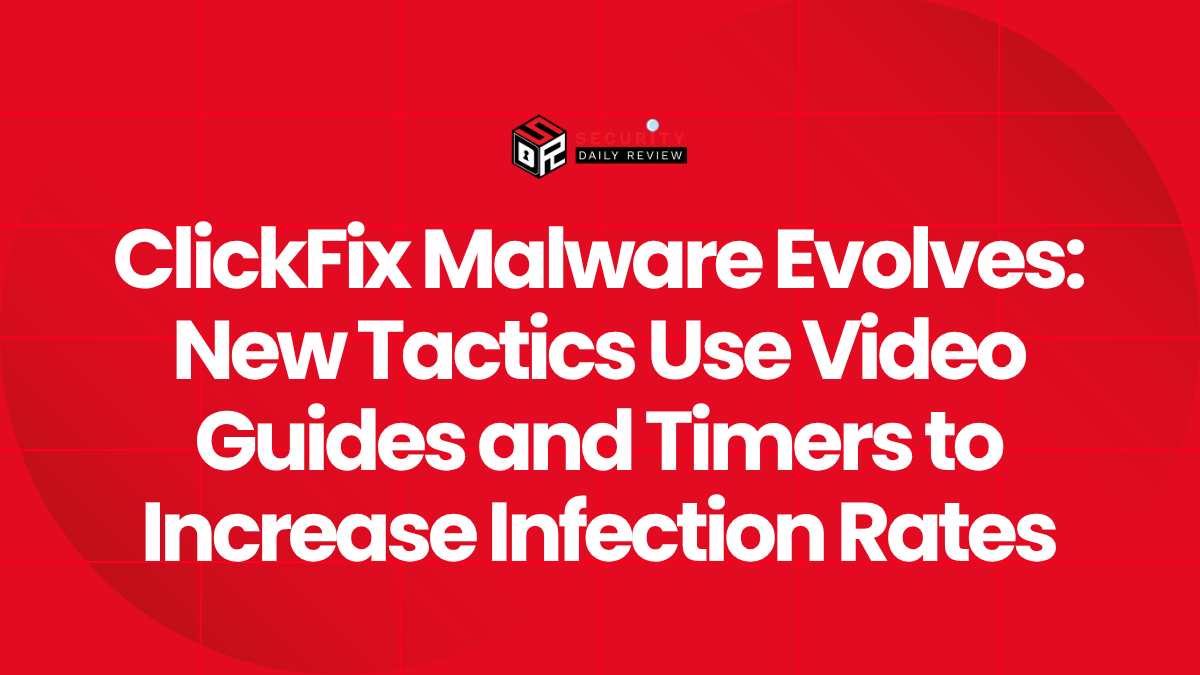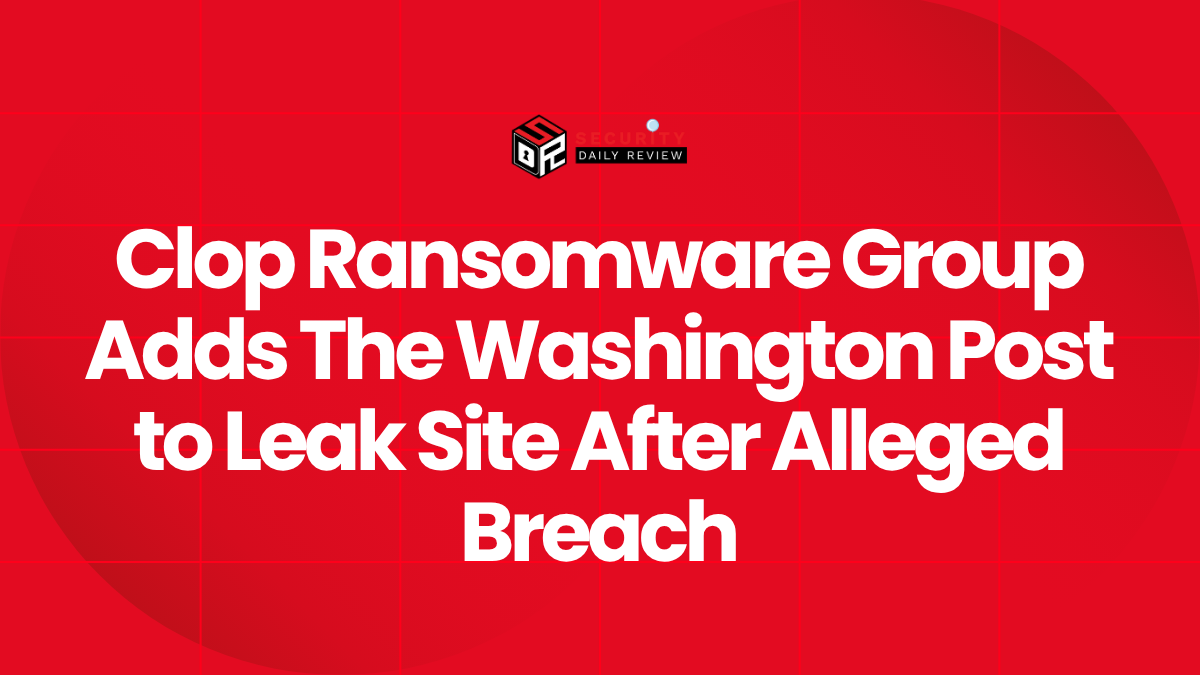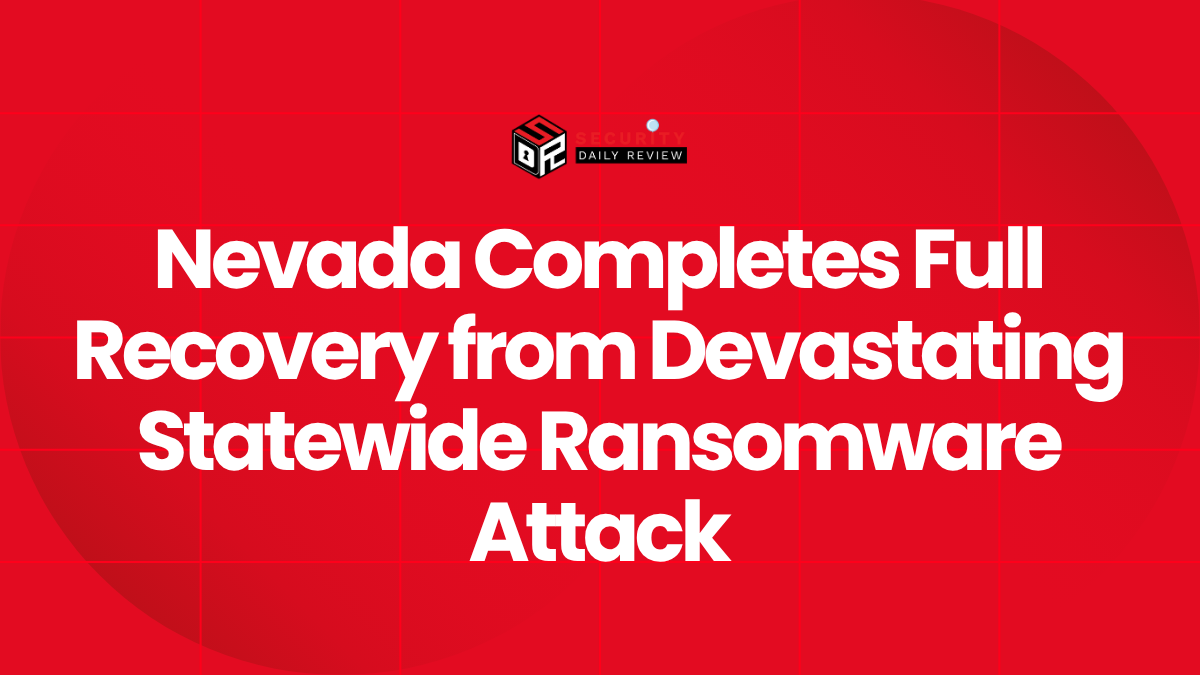Whaling phishing, also known as whaling, is a highly targeted and sophisticated form of phishing attack that specifically targets high-level executives within an organization, such as CEOs, CFOs, COOs, and other senior leaders. These individuals are often referred to as “whales” due to their high-value positions and potential access to significant financial resources or sensitive information.
Whaling attacks are designed to manipulate these executives into divulging confidential corporate data, personal information, or authorizing large payments to cybercriminals. They are often highly personalized and carefully crafted to appear legitimate, making them particularly difficult to detect and prevent.
Understanding the Relationship Between Whaling, Phishing, and Spear Phishing
Before diving deeper into whaling attacks, it’s crucial to understand how they relate to other forms of phishing:
- Phishing is a broad term encompassing any fraudulent attempt to obtain sensitive information, such as login credentials, credit card details, or personal data, through deceptive emails, text messages, or phone calls. These attacks often use generic messages that target a large audience, hoping to catch a few unsuspecting victims.
- Spear phishing is a more targeted form of phishing that focuses on specific individuals or groups within an organization. Attackers conduct research on their targets to tailor their messages, making them appear more legitimate and increasing the likelihood of success.
- Whaling phishing is the most advanced and targeted form of phishing, specifically focusing on high-level executives. Attackers invest significant time and effort in researching their targets, crafting highly personalized messages, and mimicking the communication styles of trusted individuals to gain the victim’s trust.
How Whaling Phishing Attacks Work
Whaling attacks follow a multi-step process:
- Target Selection and Research: Attackers carefully select their targets based on their position within the organization and potential access to valuable information or funds. They conduct thorough research on the target, gathering information from social media profiles, company websites, news articles, and even public records. This research helps them create highly personalized messages that appear authentic and convincing.
- Message Crafting: The attackers craft emails, text messages, or phone calls that mimic the communication style of a trusted individual, such as a colleague, business partner, or even the target’s superior. They often use a sense of urgency, referencing ongoing projects or deadlines, and may even incorporate details from previous conversations to further enhance the message’s authenticity.
- Exploiting Human Vulnerabilities: Whaling attacks exploit human vulnerabilities, such as a sense of urgency, trust in authority figures, and a desire to help. Attackers often create a sense of urgency, pressuring the target to act quickly without careful consideration. They may also leverage the target’s trust in their position or the perceived authority of the sender.
- Requesting Sensitive Information or Funds: The ultimate goal of a whaling attack is to obtain sensitive information or funds. This could involve:
- Stealing sensitive data: Attackers may request access to payroll information, customer data, intellectual property, or other confidential information.
- Requesting wire transfers: Attackers often impersonate executives or vendors, requesting wire transfers to fraudulent bank accounts.
- Obtaining login credentials: Attackers may attempt to steal email credentials or other login information to gain access to sensitive systems or data.
- Planting malware: In some cases, attackers may use whaling attacks to deliver malware, such as ransomware, to the target’s device.
Why Executives Are Vulnerable to Whaling Attacks
Executives are particularly vulnerable to whaling attacks due to several factors:
- High-value targets: Executives hold positions of authority and often have access to significant financial resources or sensitive information, making them prime targets for attackers.
- Limited time and resources: Executives are often busy and may not have the time or resources to carefully scrutinize every email or communication they receive.
- Trust in authority figures: Executives are accustomed to receiving communications from trusted individuals, such as colleagues, superiors, or business partners, making them more likely to trust seemingly legitimate messages.
- Fear of missing out: Executives may feel pressured to act quickly to avoid missing out on opportunities or to meet deadlines, making them more susceptible to urgent requests.
Examples of Whaling Phishing Attacks
Here are some real-world examples of whaling attacks that illustrate the potential impact:
- Ubiquity Networks: In 2015, Ubiquity Networks lost nearly USD 47 million in just 17 days when attackers impersonating the company’s CEO and Chief Counsel sent emails convincing the Chief Accounting Officer to make a series of wire transfers to finance a secret acquisition.
- Pathe Film Group: In 2018, Pathe Film Group lost EUR 19.2 million (USD 21 million) when scammers pretending to be the CEO at Pathe’s headquarters in France emailed the CEO of Pathe’s Netherlands office, requesting wire transfers to fund an acquisition.
- Tecnimont SpA: Also in 2018, attackers impersonating the CEO, senior executives, and legal counsel of the Italian firm Tecnimont SpA tricked the leader of the company’s Indian business unit into transferring INR 1.3 billion (USD 18.25 million) to a bank in Hong Kong, ostensibly to fund an acquisition. As part of this scam, attackers took the extra step of staging several fake conference calls to discuss the details of the “acquisition.”
These examples demonstrate the significant financial and reputational damage that whaling attacks can cause.
How to Identify a Whaling Phishing Attack
While whaling attacks are designed to be convincing, there are several red flags that can help you identify a potential attack:
- Suspicious sender email address: The sender’s email address may be slightly different from the legitimate sender’s address, with a misspelled domain name or a minor variation in the spelling of the name.
- Unusual request: The email may request sensitive information, such as login credentials, financial data, or personal details, or it may request a wire transfer to a unfamiliar bank account.
- Sense of urgency: The email may create a sense of urgency, pressuring you to act quickly without careful consideration.
- Insistence on confidentiality: The email may ask you to keep the request confidential, preventing you from seeking advice from colleagues or security professionals.
- Poor grammar or spelling: Whaling emails are often carefully crafted, but attackers may make minor errors in grammar or spelling, which can be a sign of a fraudulent message.
How to Protect Your Business from Whaling Phishing Attacks
Protecting your business from whaling attacks requires a multi-layered approach that includes:
- Security Awareness Training: Provide regular security awareness training to all employees, including executives, to educate them about whaling attacks and how to identify suspicious emails and communications.
- Verification Protocols: Establish strict protocols for verifying the authenticity of requests for sensitive information or financial transactions. This could involve requiring multiple forms of authentication, such as a phone call or a second email confirmation.
- Multi-Factor Authentication (MFA): Implement MFA for accessing sensitive systems and data, requiring users to provide multiple forms of authentication, such as a password and a one-time code, to access their accounts.
- Use of Secure Communication Channels: Encourage the use of encrypted communication tools for sharing sensitive information, such as secure email platforms or messaging apps.
- Regular Security Audits: Conduct frequent security audits to identify and address vulnerabilities within the organization, including weaknesses in email security, network security, and user access controls.
- Phishing Simulation Exercises: Periodically run simulated phishing attacks to test the awareness and response of executives and staff, providing valuable insights into the organization’s security posture and identifying areas for improvement.
- Executive-Specific Security Measures: Implement additional security measures specifically for executives, such as dedicated secure devices or accounts with enhanced monitoring and access controls.
Advanced Security Solutions for Whaling Phishing Protection
In addition to these general security measures, organizations can leverage advanced security solutions to further enhance their protection against whaling attacks:
- Email Security Solutions: Implement robust email security solutions that can detect and block suspicious emails, including those with spoofed sender addresses, malicious attachments, and phishing links.
- Anti-Phishing Software: Utilize AI-powered anti-phishing software that can identify and flag suspicious emails based on content, sender reputation, and other factors.
- Secure Email Gateways: Deploy secure email gateways that filter incoming and outgoing emails, blocking malicious content and preventing the spread of malware.
- Impersonation Protection: Implement impersonation protection features that analyze email headers, sender reputation, and other indicators to identify and block emails that attempt to impersonate legitimate senders.
- Threat Intelligence: Leverage threat intelligence feeds to stay up-to-date on the latest whaling attack tactics and techniques, enabling organizations to proactively defend against emerging threats.
Reporting Whaling Attacks
If you suspect you have received a whaling email or are under attack, there are several immediate steps you can take to mitigate the damage:
- Disconnect from the network: Disconnect your computer from the network and/or the internet to stop any malware from downloading or spreading.
- Alert your company: Immediately alert your company’s IT department, giving them a head start on limiting the damage and warning other employees about potential attacks.
- Scan for viruses and malware: Scan your computer for viruses and malware that may have been downloaded as part of the attack.
- Change your login credentials: Change your login credentials and passwords immediately to prevent attackers from using any information you have shared to access your accounts.
You should also report the attack to relevant authorities, such as:
- Federal Trade Commission (FTC): www.ftc.gov/complaint
- Cybersecurity and Infrastructure Security Agency (CISA): phishing-report@us-cert.gov
- Anti-Phishing Working Group (APWG): apwg.org/reportphishing
Conclusion
Whaling phishing attacks are a serious threat to businesses of all sizes. By understanding the tactics used in these attacks and implementing robust security measures, organizations can significantly reduce their risk of falling victim to this sophisticated form of cybercrime.
Remember, the most effective defense against whaling attacks is a combination of technical security measures and a strong security awareness culture within the organization. By educating employees about the dangers of whaling attacks and empowering them to identify and report suspicious communications, organizations can create a more secure environment for their employees and their sensitive data.









